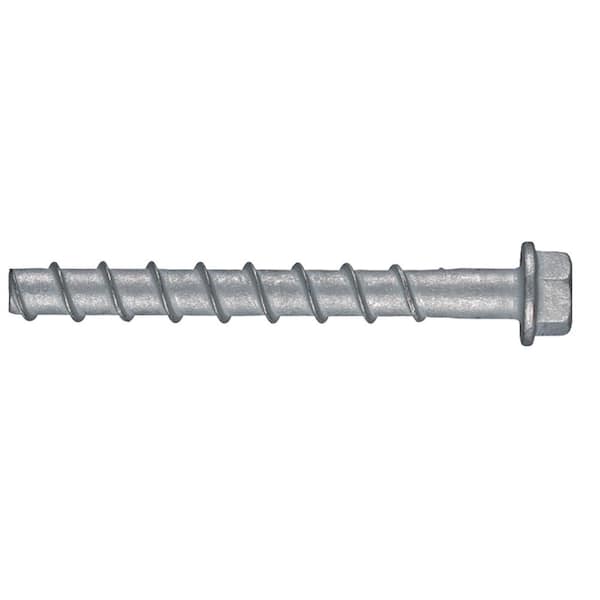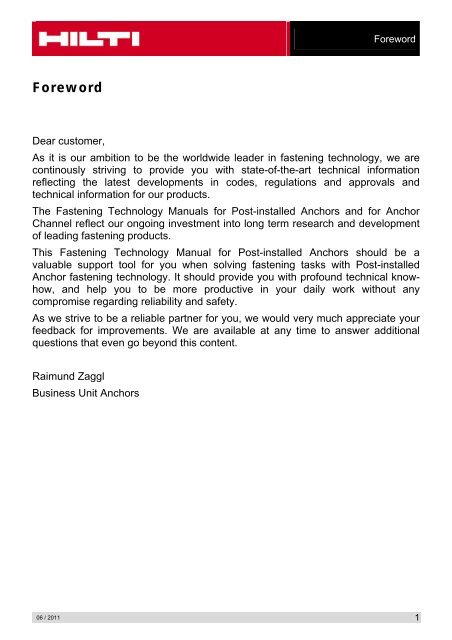

To get the minimum sleeve anchor length, add the item's material thickness to the minimum embedment of the sleeve anchor.Īvailable head styles – Sleeve anchors are available with several head styles: acorn head, hex head, round head and flat head. This gives the sleeve anchor a shear strength of a 5/16" anchor and not of a true 3/8" diameter fastener.Īvailable diameters – The sleeve anchor comes in six diameters and in several lengths for use in a variety of applications.

For example, a 3/8" sleeve anchor has a 5/16" stud. The sleeve anchor’s designated size is equal to the outside diameter, and the stud is smaller. There are many applications for sleeve anchors one drawback is the lower shear strength than a similar female anchor. The mortar quality and quantity are most important to determine the sleeve anchor's ultimate holding value. A sleeve anchor also works well in solid mortar joints. This gives the sleeve anchors the ability to expand properly in the hollow or solid sections of brick. By design the sleeve anchor expands over a greater surface area than other types of expansion anchor. It provides the most consistent holding values. Sleeve anchor is the most common male expansion type anchor for brick walls. Male Expansion Brick Anchors (Sleeve Anchors) Inserting brick anchors requires the use of a hammer drill and a masonry bit. Most brick anchors can also be used in concrete walls as well. The hollow space requires a brick anchor in order to obtain the needed holding values in the hollow areas. Brick anchors are used in place of concrete fasteners because brick contains hollow spaces, unlike concrete that is solid. Brick anchor fasteners attach an item to bricks or mortar joints in a brick wall.


 0 kommentar(er)
0 kommentar(er)
